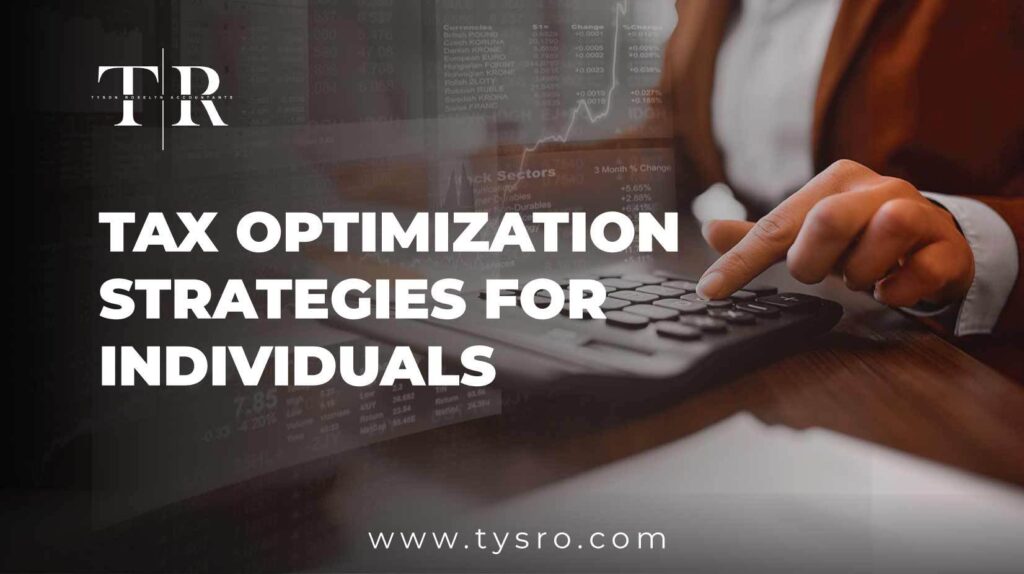Introduction
Managing your taxes efficiently is key to maximizing your income and avoiding unnecessary financial stress. By employing the right tax optimization strategies for individuals (for the UK), you can reduce your tax bill while remaining fully compliant with HMRC regulations. In this guide, we’ll break down the best practices and simple steps you can take to make sure you’re optimizing your tax position.
Whether you’re self-employed, working for an employer, or have multiple sources of income, these tax optimization strategies for individuals (for the UK) will help you manage your finances better and save money. Let’s dive into the details!
What are Tax Optimization Strategies?
Tax optimization strategies for individuals (for the UK) involve using all the legal allowances, reliefs, and exemptions that the UK tax system offers. These strategies help you minimize your tax liability without breaking any rules. It’s about understanding how to make the tax system work for you, not against you.
Think of tax optimization like packing a suitcase efficiently before a trip. You want to fit in everything you need, but you also want to avoid paying for excess baggage. Similarly, by applying tax optimization strategies for individuals (for the UK), you ensure you keep more of your income while reducing your tax burden.
Step 1: Maximize Your Personal Allowance
The most basic tax optimization strategy for individuals (for the UK) is making the most of your Personal Allowance. This is the amount of income you can earn each year before paying any income tax. For the current tax year, the Personal Allowance stands at £12,570. Utilizing this allowance is the foundation of tax planning.
If you’re married or in a civil partnership, you might also benefit from the Marriage Allowance, which lets you transfer some of your unused Personal Allowance to your partner, potentially saving you up to £252 in taxes.
Step 2: Boost Pension Contributions
Contributing to your pension is a highly effective tax optimization strategy for individuals (for the UK). Not only does it help you save for retirement, but pension contributions also receive tax relief. For every £100 you contribute to your pension, the government tops it up by £25 if you’re a basic-rate taxpayer. If you’re a higher-rate taxpayer, you can claim additional tax relief through your Self Assessment tax return, further reducing your tax bill.
For individuals employed by companies, check if your employer offers a workplace pension scheme. Many employers match your contributions, which can be seen as a tax-free pay raise!
Step 3: Utilize ISAs for Tax-Free Savings
An Individual Savings Account (ISA) is a tax-efficient vehicle for saving or investing. Each year, you can save up to £20,000 in an ISA without paying any tax on the interest or returns. Whether you prefer a Cash ISA or a Stocks and Shares ISA, this is one of the best tax optimization strategies for individuals (for the UK).
For long-term goals, such as buying your first home or retirement, consider a Lifetime ISA, which offers a government bonus on top of your savings.
Step 4: Claim Business Expenses for Self-Employed Individuals
For those who are self-employed, one of the most effective tax optimization strategies for individuals (for the UK) is claiming allowable business expenses. When you claim these expenses, they reduce your taxable income, which lowers the amount of tax you owe. Common allowable expenses include office supplies, travel, and professional services like accounting.
For example, if you’re a freelancer who works from home, you can even claim a portion of your household bills, such as electricity and internet, as business expenses. It’s important to keep detailed records of all your expenses to ensure they can be justified if HMRC requests proof.
Step 5: Capital Gains Tax Optimization
If you’re selling an asset like shares or a property that isn’t your main residence, you may need to pay Capital Gains Tax (CGT). However, there are tax optimization strategies for individuals (for the UK) to minimize this tax. Each individual has an annual Capital Gains Tax allowance, which is £6,000 for the 2023-2024 tax year. By spreading the sale of assets over multiple tax years, you can take full advantage of this allowance and reduce your CGT liability.
Step 6: Leverage Charitable Donations for Tax Relief
Donating to a registered charity can not only benefit a good cause but also reduce your tax liability. Under the Gift Aid scheme, charities can claim an additional 25% on top of your donation from HMRC. Additionally, if you’re a higher-rate taxpayer, you can claim tax relief on donations, making this a powerful tax optimization strategy for individuals (for the UK).
Step 7: Take Advantage of Employer Benefits
Many employers offer benefits that are either tax-free or come with significant tax savings. These could include cycle-to-work schemes, childcare vouchers, or discounted medical insurance. Participating in these schemes allows you to save money and reduce your taxable income at the same time, making it an excellent tax optimization strategy for individuals (for the UK).
Conclusion: Start Using Tax Optimization Strategies Today!
By applying these tax optimization strategies for individuals (for the UK), you can significantly reduce your tax burden. Whether it’s maximizing your Personal Allowance, contributing to your pension, or using an ISA, each strategy helps you retain more of your hard-earned money. Understanding and utilizing these strategies can lead to significant savings, year after year.
Don’t wait until the end of the tax year! Start implementing these tips now to enjoy the benefits of smart tax planning and make the most of your income. For more detailed advice or personalized tax planning, feel free to reach out.
Explore more about tax optimization and financial strategies at Tysro.


